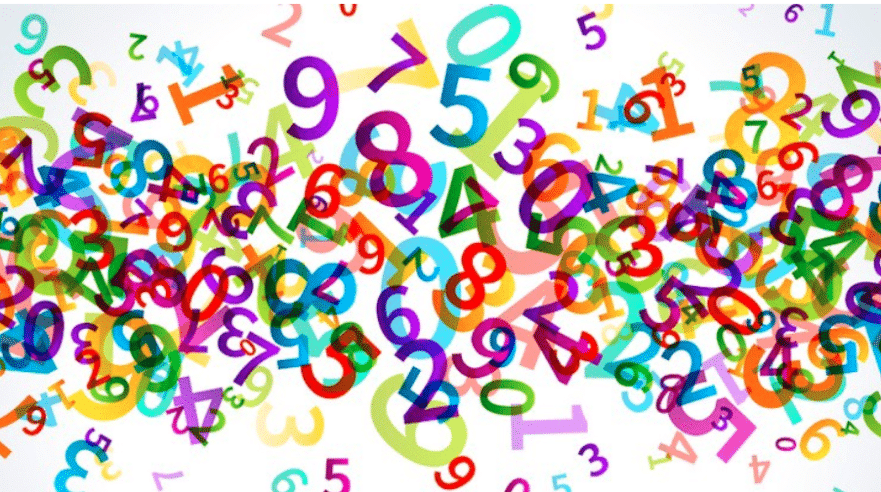Good thinkers are resilient. They don’t give up easily, and are motivated to work hard and keep going when faced with challenges. They recognize that we all fail sometimes, and when this happens, they bounce back and try alternative approaches.
TWO DIFFERENT CHALLENGES – Take your pick!
********************
Design a Beaded Necklace
Have you ever thought about the mathematics of beading? This challenge will encourage your children to think about symmetry and all of the ways you can create different necklaces with the same beads.
-
You have eight beads, four of one color and four of another.
-
Your designs need to be symmetrical.
-
Here’s an example:
—–OOOOOOOO—–
How many necklaces can you make?
? Can you find them all? Make a list or draw a picture to help you keep track.
? How do you know there aren’t any others?
What if……………?
?? What if you had 9 beads, five of one color and four of another?
?? What if they had 10 beads, five of each?
***********
This activity is an opportunity to stick with a trial and improvement approach, combined with some systematic working.
********************
Play to 37


